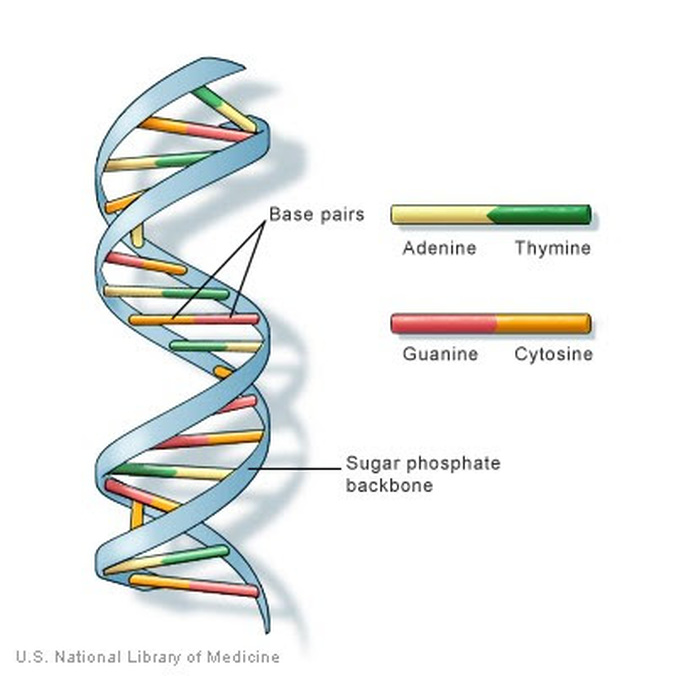 Chinese astrological studies have their roots in the I-Ching (易经), the most important book containing the fundamental truth of how the universe operates. Its philosophy has influenced various fields such as biology, medical science, and computer coding. However, to avoid boring you, let's not delve too deep into it just yet. For I-Ching newbies, the book was commissioned by Emperor Fu Hsi around 3,000 BC. It's known as 'The book of Changes' and explores the relationship between all things created through a variety of trigrams and hexagrams, as well as the relationship between Yin and Yang (such as female and male, hard and soft, life and death). The 8 Trigrams of the I-Ching While some view the I-Ching as a book of Oracles, it's much more than that. It's a book of life, literally. DNA, the genetic instructions used in the development and functioning of all known living organisms, is often compared to a set of blueprints, a recipe, or a code. The basis of DNA is + and -. This is also binary code. Computer language operates on this philosophy and so is the basis of all human language. So, lets look at the similarities between the I-Ching and DNA. In his 1979 book Martin Schonberger (the author of The I Ching and the Genetic Code: The Hidden Key to Life) explained as simple as one can when creating a bridge between science, genetics and oracles. Firstly you need to know that the I-Ching contains 64 Hexagrams – made up of 8 trigrams each having a relationship with themselves 8 x 8 = 64.
There are only four combinations of Yin and Yang, with the first two bars of the I-Ching. EG: If we said Yin was represented by 0 and Yang by 1, then the possible combinations are 00, 01, 10, 11. These four choices align with T, C, G, A, which then when multiplied make up the exact number of Amino acids that are part of DNA. So, what does it all mean? Here are some food for thoughts for you:
0 Comments
Leave a Reply. |
AuthorJason Hathairat Archives
February 2022
Categories |


 RSS Feed
RSS Feed
